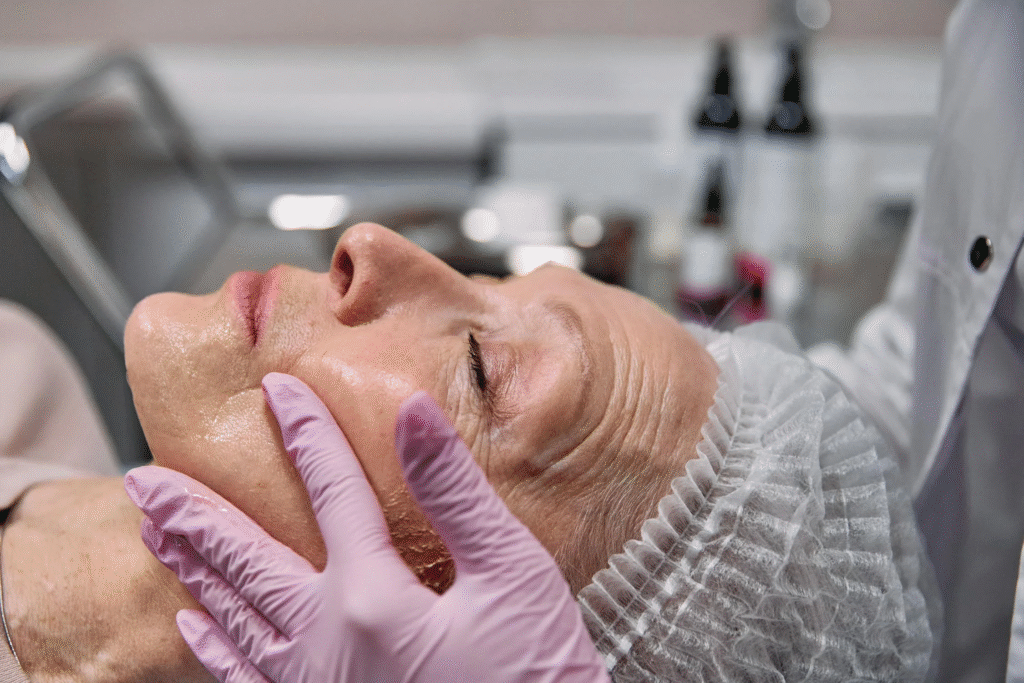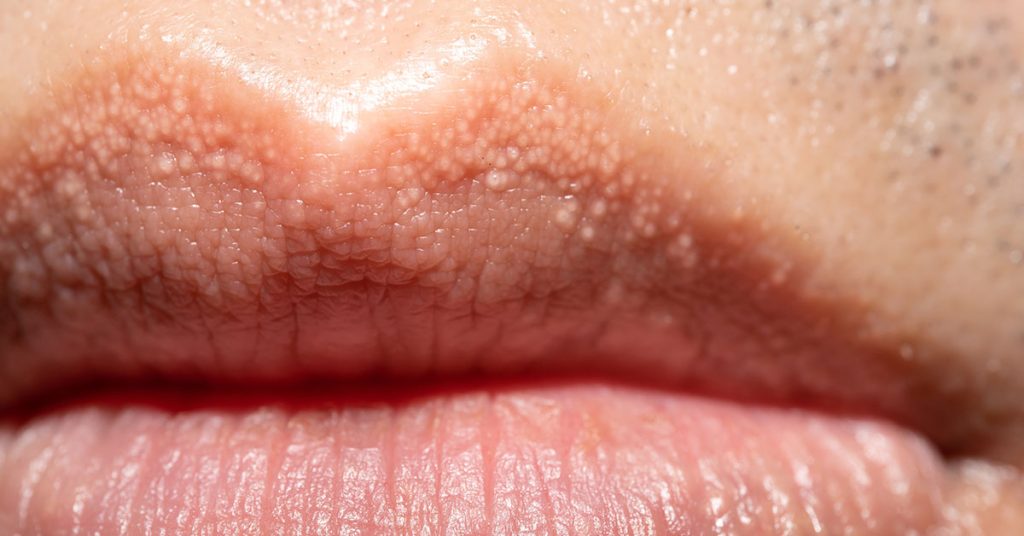Fordyce spots are something many people notice but often don’t fully understand. Have you ever seen small white or yellowish bumps on your lips or genital area and wondered what they were? You’re definitely not alone. These tiny spots can be surprising, especially when they appear suddenly. But there’s no need to panic—they’re much more common and far less serious than they might seem. The reassuring news is that Fordyce spots aren’t harmful. They aren’t related to poor hygiene, infections, or sexually transmitted diseases (STDs). In reality, they’re a natural part of the skin for many individuals. They don’t hurt, itch, or cause any discomfort, and they often go unnoticed unless you’re specifically looking for them. Knowing what they are can ease anxiety and help you feel more confident in caring for your skin. Having the right information is a key step toward feeling more at ease with your body.
Debunking Fordyce Spot Fears
Let’s begin by clearing up some common misunderstandings. Fordyce spots are not warts, herpes, pimples, or clogged pores. They aren’t symptoms of any illness, and they’re definitely not contagious. That means you can’t transmit them, catch them from someone else, or cause them through poor habits. It’s crucial not to confuse them with acne or skin blemishes—picking or squeezing them can damage the skin and may leave scars. The American Osteopathic College of Dermatology explains that Fordyce spots are simply a normal variation in human anatomy, not a medical problem. Because of where they appear and how they look, people often assume they’re more serious. However, unlike infections or skin disorders, they don’t spread, worsen, or pose any health risks. In fact, most dermatologists consider treatment unnecessary unless someone is concerned about their appearance.
Fordyce Spots: A Normal Skin Feature

So, if Fordyce spots aren’t a medical concern, what exactly are they? Simply put, they’re visible sebaceous (oil) glands that appear on parts of the skin where there’s no hair. They commonly show up along the borders of the lips, inside the cheeks, or on the genital area. Everyone has sebaceous glands, which usually stay hidden beneath hair follicles. But in hairless regions, these glands can become noticeable, showing up as small, pale or yellowish bumps. The spots are named after dermatologist John Addison Fordyce, who first identified them in 1896. According to Healthline, around 70–80% of adults have Fordyce spots. They’re a normal anatomical feature and often go unnoticed unless someone is looking closely. While they might look unfamiliar, they’re completely harmless and simply a visible form of something that exists under everyone’s skin.
Fordyce Spots: A Natural Part of Your Skin
You don’t “develop” Fordyce spots in the same way you would a rash or an infection—they’re actually present from birth. These spots often become more noticeable during puberty, when hormonal changes cause an increase in oil production. As sebaceous glands enlarge, they may move closer to the skin’s surface, making the spots visible. Genetics and hormone levels can influence how prominent they appear. If your parents had visible Fordyce spots, there’s a strong chance you might have them too. Unlike many skin conditions, Fordyce spots have no connection to hygiene, diet, or lifestyle choices. They can’t be prevented, and their appearance isn’t the result of anything you’ve done. They’re simply a normal part of skin development—one that’s more visible in some people than others.
Will They Always Be There?
Fordyce spots typically don’t disappear entirely, but they often become less noticeable over time. Factors like age, hormonal changes, and skin type can influence how visible they appear. Some people may see the spots fade or shrink as they get older, while others might notice them more during hormonal shifts, such as puberty or pregnancy. The Mayo Clinic states that Fordyce spots are harmless and don’t require medical treatment. However, if you observe changes in their color, size, or texture, it’s wise to check in with a healthcare provider. Attempting to remove them on your own can irritate the skin or lead to scarring. In most cases, they don’t need any treatment and are best left alone.
Is Treatment Necessary for Fordyce Spots?

Since Fordyce spots don’t cause any health problems, most doctors recommend leaving them alone. However, some people may feel self-conscious about their appearance, especially if the spots are in visible areas like the lips. If you’re thinking about treatment, options might include laser therapy, micro-punch surgery, or specialized topical creams. These treatments are primarily cosmetic, and results can differ from person to person. According to WebMD, there’s no guarantee that treatments will be permanent, as the spots can come back even after they seem to fade. Some procedures also carry risks like scarring or changes in skin color. Because Fordyce spots are harmless, many dermatologists advise against treatment unless it’s for personal reasons. It’s important to consult a skin specialist who can discuss the potential benefits and risks based on your situation.
Knowing When to Seek Help
Although Fordyce spots are harmless, it’s perfectly fine to consult a doctor if you have concerns. If you notice any changes in the bumps—such as itching, pain, or rapid growth—it’s important to get them evaluated. Some conditions, like genital warts or cysts, can resemble Fordyce spots, so it’s best to have a professional rule those out. A dermatologist can quickly identify whether the spots are Fordyce spots or something else. According to the Cleveland Clinic, dermatologists are experienced in diagnosing these spots and can provide reassurance. Don’t hesitate to bring it up during a visit—these questions are common, and medical professionals are ready to help you understand what’s going on. Getting a clear diagnosis can be comforting, especially if you’re feeling uncertain.
Embracing Fordyce Spots as Normal
Fordyce spots are a normal feature on the skin for many people. They don’t cause pain, don’t spread, and aren’t a sign of any health problem. Everyone’s skin has small unique characteristics, and Fordyce spots are just one of them. They don’t affect your health and don’t need to be treated. Understanding what these spots really are can help reduce unnecessary worry. They’re not defects or medical conditions—just natural parts of your body. If you ever feel uncertain, a visit to a dermatologist can provide reassurance, but usually, there’s no action needed. Living with Fordyce spots doesn’t require special care, and once you know what they are, it’s easier to stop stressing about them. If more people talked openly about skin topics like this, it could help everyone feel more comfortable in their own skin without overthinking every little bump or change. Remember, most people have minor features on their bodies that seem unusual but are completely normal.


